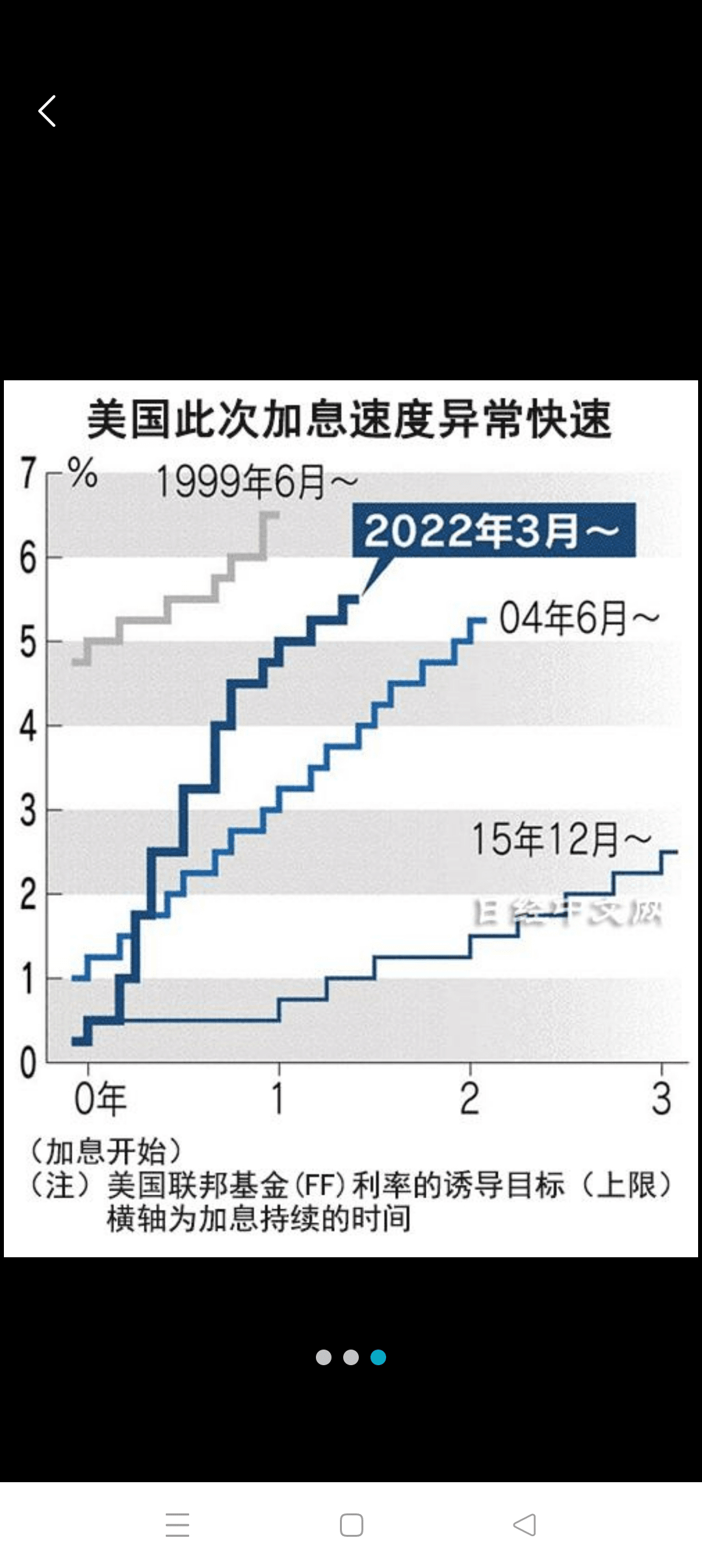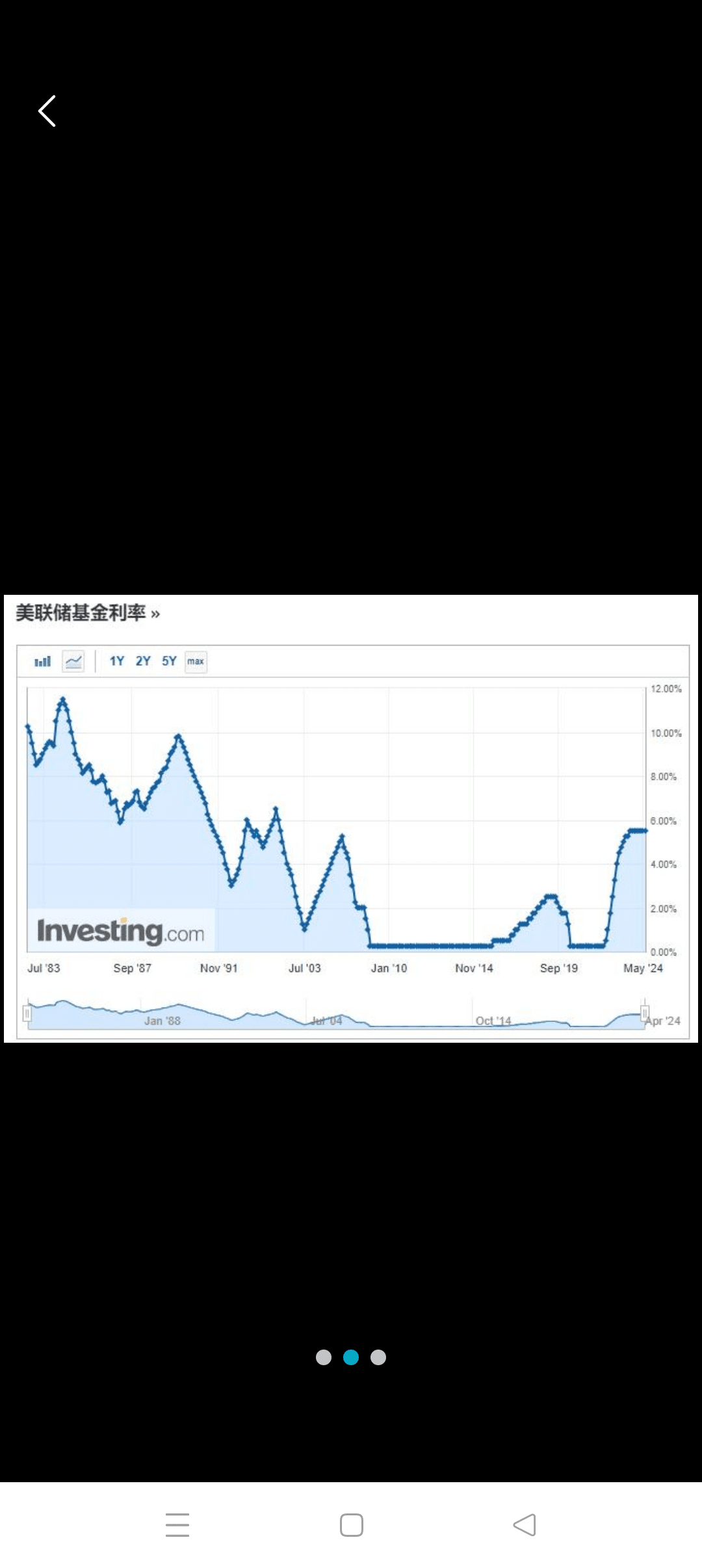1. The seven interest rate hike cycles in the history of the Federal Reserve occurred in the following time periods:
The first round of interest rate hikes:
Time: March 31, 1983 to August 9, 1984
Interest rate change: Federal funds rate increased from 8.50% to 11.5%
Duration: 17 months, 10 rate hikes
The second round of interest rate hikes:
Time: January 5, 1987 to May 17, 1989
Interest rate changes: The interest rate increased from 5.87% to 9.81% (some say it was a 6.5% increase to 9.8125%, the exact figures may vary slightly depending on the data)
Duration: 28 months, 22 rate hikes
The third round of interest rate hikes:
Time: February 4, 1994 to February 1, 1995
Interest rate changes: The federal funds rate increased from 3.00% to 6.00% (some say it was a 3.25% increase to 6%)
Duration: 12 months, 7 rate hikes
The fourth round of interest rate hikes:
Time: June 30, 1999 to May 16, 2000
Interest rate change: Federal funds rate increased from 4.75% to 6.50%
Duration: 11 months, 6 rate hikes
The fifth round of interest rate hikes:
Time: June 30, 2004 to June 29, 2006 (some say it ended in July 2006)
Rate Change: Federal Funds Rate Increased from 1.00% to 5.25%
Duration: 24 months, 17 rate hikes
The sixth round of interest rate hikes:
Time: December 17, 2015 to December 20, 2018
Interest rate changes: The federal funds rate increased from 0.25% to 2.50% (some say it was a 0% increase to 2.25%)
Duration: 36 months, 9 rate hikes
The seventh round of interest rate hikes:
Time: Started on March 17, 2022, and is still ongoing (but the specific end time has not yet been determined)
Interest rate changes: The federal funds rate will increase from 0.25% to 4.75% as of February 1, 2023, and will continue to increase to 5.5% (or higher, depending on subsequent policies)
2. What conditions can lead to a rate cut?
First, judging from recent market expectations and the Fed's statements, the market has strong expectations for the Fed to cut interest rates in 2024. Some analysts and market observers believe that the Fed may start cutting interest rates later this year or early next year. However, these forecasts are subject to certain uncertainties, as the Fed's decision-making process is affected by a variety of factors, including changes in economic data, adjustments to policy goals, and changes in the domestic and international political and economic environment.
Secondly, from historical experience, the Fed's interest rate cut cycle usually occurs when economic growth slows, inflation pressure eases, and financial markets are turbulent. If US economic growth slows down in the future, the inflation rate falls below the Fed's target level, and financial markets remain stable or show positive signs, then the Fed may consider starting to cut interest rates.
However, it should be noted that the Fed's interest rate cut decision is not made overnight, but requires multiple meetings and policy discussions to be finalized. In addition, even if the Fed starts to cut interest rates, the pace and magnitude of its rate cuts will be adjusted according to changes in the economic situation.
As for the timing of the rate cut, there are many predictions in the market. Some institutions believe that the Fed may start cutting interest rates in the third or fourth quarter of this year, while others believe that the rate cut may be postponed to early next year. There are certain differences and uncertainties in these predictions, so investors need to remain cautious and rational and pay close attention to market dynamics and the Fed's policy trends.
#美国5月核心PCE物价指数年率增幅创2021年3月以来新低 

